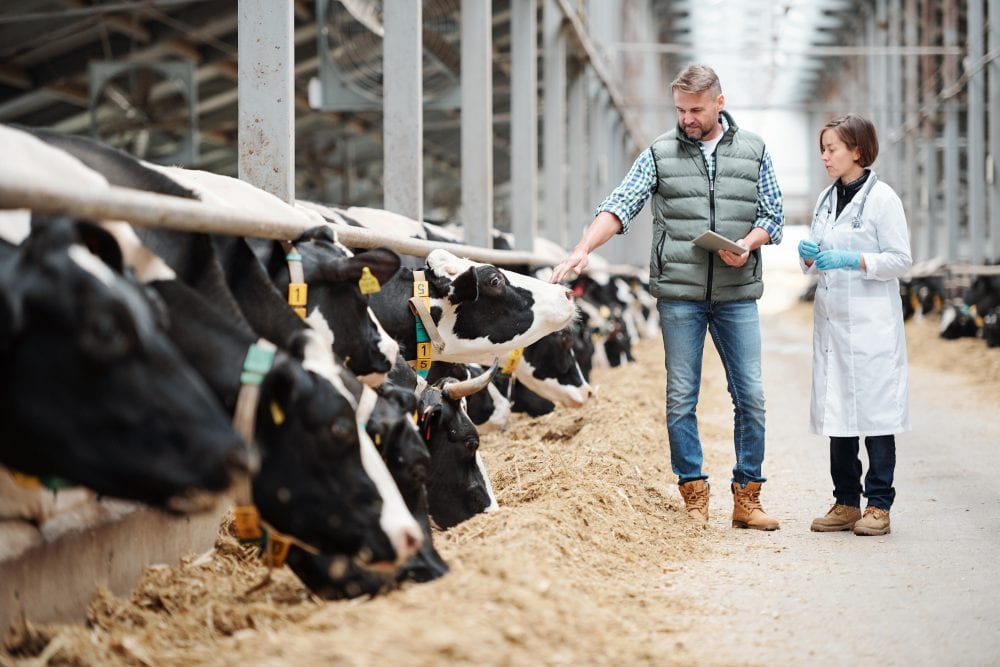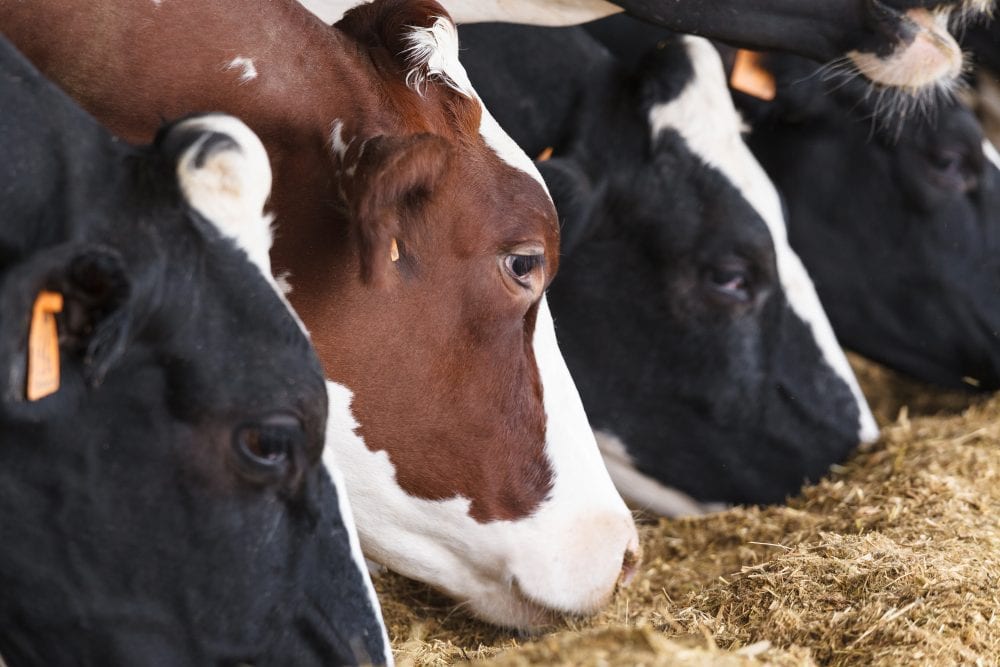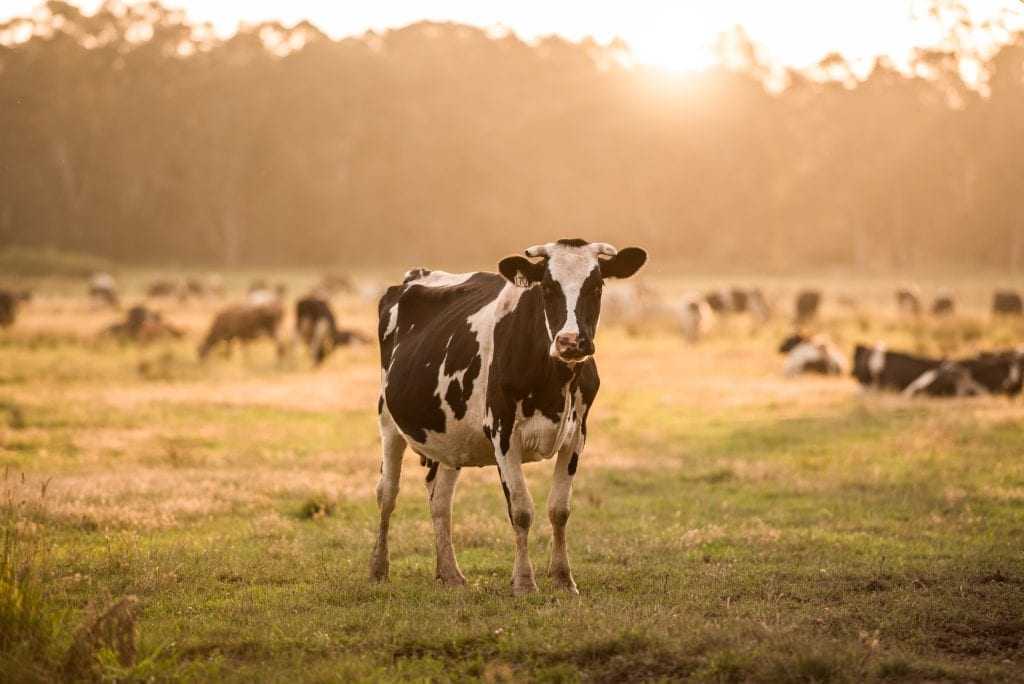No products in the cart.
Agriculture
Techniques to increase profit in livestock
Some practices adopted in livestock farming can bring significant improvements to the production and handling of animals, with a consequent increase in profit.
A survey by Cepea/USP shows that ranchers who invest in infrastructure, in techniques that improve zootechnical indexes and management can achieve a growth of up to 60% in the volume produced and 44% in the profit margin.
But do you know how to increase profit in livestock? Do you know the rotated pasture technique? Do you know how to improve animal nutrition? What is the importance of adequate facilities? Then, you will find five tips to improve the quality of your production and increase profit in livestock.
-
Create a nutrition program that prioritizes forage production
Like humans, cows also need a healthy and controlled diet. Everything the animals eat influences the quality of the milk they are going to produce.
A quality food should include, in addition to the feed, grass, hay, and other bulky vegetables with concentrates. That’s because these foods are rich in energy, proteins, minerals, and vitamins.
Try to produce and use as much high-quality forage as possible to feed your flock. In this way, you will be able to increase both the quality and quantity of food grown.
-
Use the rotated grazing technique
The use of rotated pasture, a technique devised by the French researcher André Voisin, allows greater use of the land and facilitates the creation of animals.
The system guarantees greater milk production in a smaller area, reducing costs, increasing the economic efficiency of agricultural properties.
Besides, with this technique, natural resources are conserved, and the use of energy and inputs is reduced, generating a greater ecological balance and reducing the environmental impact.

3. Take care of animal welfare
Research by the Veterinary School of the University of Wisconsin, in the United States, points out that taking care of the welfare of the cows and making them happy. Less stressed makes it possible to produce more milk.
Also, the study shows that serotonin, a hormone associated with feelings of happiness, increases calcium levels in the blood and milk of dairy cows. In this way, it helps to prevent diseases such as hypocalcemia in cows and to leave milk production with higher calcium levels.
In the program, called Dairyland, researchers tour the dairy farms in the region to advise breeders on how to relieve stress from cows. A website has also been created to share its practices with the rest of the world.
Recommended measures include building larger pens and using more airy stables. In addition, you should try to feed all cows at the same time, as livestock prefer to do things together.
4. Reduce food loss
Food losses at the main control points can be minimized with good handling and storage of food ingredients.
Create a trough management schedule that aligns with the milking schedule. Provide fresh food when the cows go to the milking parlor, and organize a filling of the troughs for 90 minutes after the cows return.
Maintain an even distribution of feed across the feed line to ensure that cows have access to food at the desired feed location.
Besides, attention should be paid to the cleanliness and organization of the eating area.

5. Have adequate facilities
The stables where the cows are kept must provide good climatic conditions for the animals. Also, it is necessary to ensure shade, ventilation, sprinkling, and availability of bedding for the animals to rest. It is also important to guarantee free access to water, cleanliness, among other factors.
Another important aspect to be observed is that the cows have space to lie down and get up normally in their pens. They should not have difficulties on a day-to-day basis, nor should they have to hit the premises. For this, the stable must have an adequate dimension, considering the average size of the animals and their weight.
Clean, dry, and sufficient rest areas should also be available for all animals. This is because it is important that they can rest half the day. If cows are left standing for a long time, they may have pain in their paws. This affects milk production and its ability to reproduce.
Care for cleaning the stables is another important aspect. The scraping and removal of the mud should be done frequently, whenever you notice the accumulation of waste near the troughs and drinking fountains.
As we have seen, some care with nutrition and animal welfare, use of rotated pasture, reduction of food loss, and adequate facilities can increase the quantity and quality of production, positively impacting to increase profit in livestock.
Did you like this article? Did you like our tips to increase profit in livestock? Then click here and read more articles on our blog


